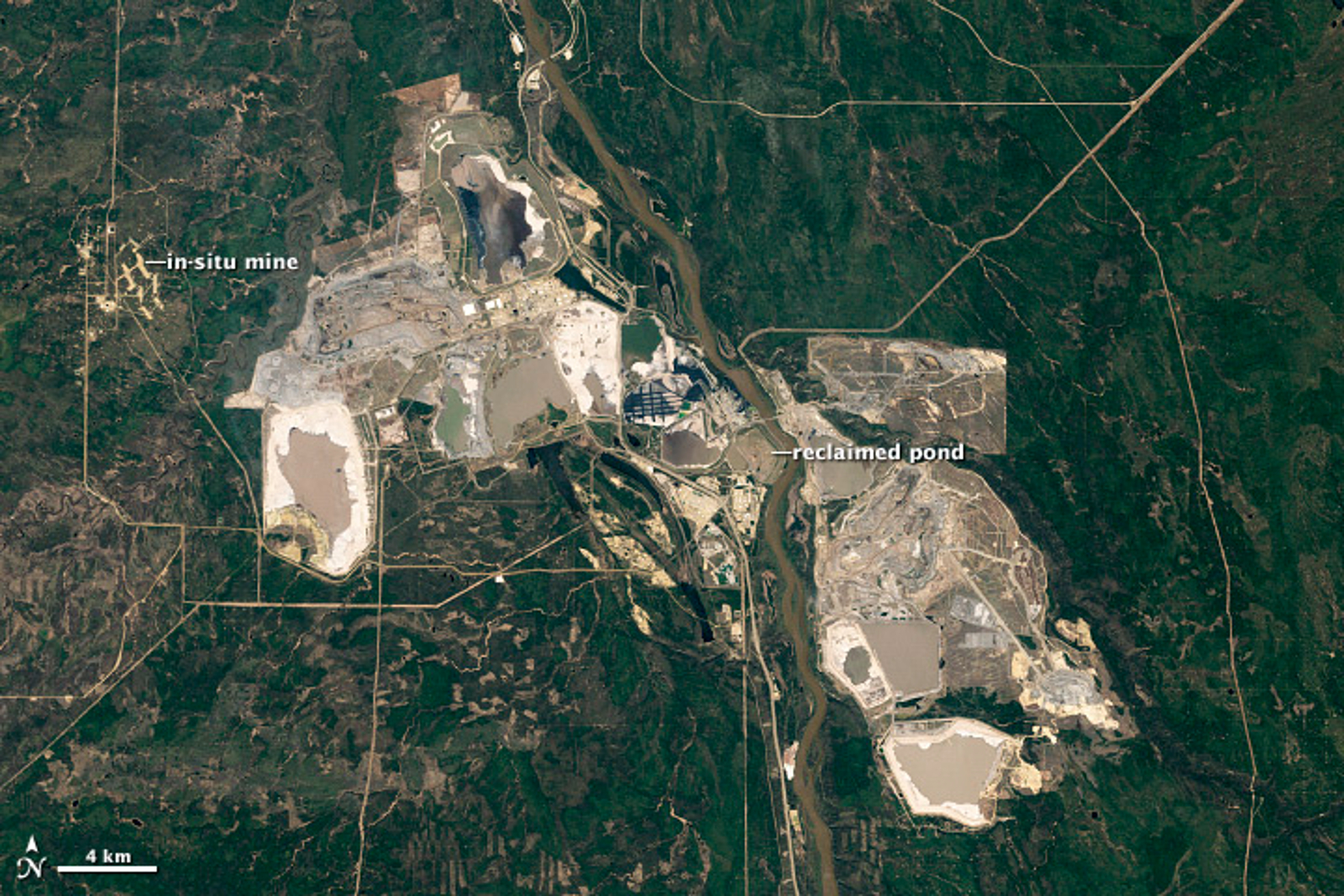Surge Battery Metals Inc. [TSXV-NILI; OTCQX-NILIF; FSE-DJ5] reported that it has completed the four holes located on private surface land holdings as part of the 2024 drilling program on the Nevada North Lithium Project (NNLP), Nevada. Visual inspection and site testing confirms the presence of the mineralized clay horizons discovered in the 2022 and 2023 drill programs. A further 4 holes are underway and yet to be completed.
The 2024 drill program was designed to step out and test soil geochemical anomalies and the geophysical footprint associated with lithium mineralization in the 2022 and 2023 programs. The eight hole Reverse Circulation drill program has thus far extended the mineralized clay 1km both to the east and west and up to 1.2km along strike to the south of the existing resource area. This is likely to expand the existing inferred resource of 4.67 million tonnes of lithium carbonate equivalent grading 2,839 parts per million lithium at a 1,250 ppm Li cut-off.
Of the remaining 4 sites to be drilled in the 2024 program, two holes located on Surge property will test mineralized clay detected by soils geochemistry to the south of the private parcels (NNL-027 & 028). The remaining two sites are located on property held with M3 Metals Corp. (NNL-025 & 026) and explore for down-dip lithium mineralization to the West.
Drilling operations are proceeding smoothly and logging by Surge geologists indicates that drilling has encountered lithium-bearing clay mineralization consistent with nearby holes drilled in 2022 and 2023. Drill samples from the first four holes have been delivered to ALS Global for assay.
NNL-021 was drilled to 280 feet (85 metres) and intersected 165 feet (50 metres) of mineralized clay. Geologic interpretations predicted thinner clays would be intercepted at this site. However, field testing indicates that these clays are thicker and more favorable than expected. Collared 1,100 metres east of NN22-08 and NN23-09, the site succeeded in its goal of testing continuity of mineralization between existing holes to the west and a surface expression of mineralized clays to the east.
NNL-022 was drilled to 400 feet (122 metres), penetrating 265 feet (80 metres) of mineralized clay. Similar to hole NNL-021, the mineralized clay zones have greater thickness than previously modeled. Another successful step-out hole, it was collared 1100 meters southeast of the nearest previous holes and 1000 meters to the southwest of NNL-021.
NNL-023 was drilled to 500 feet (152 metres) and intersected 25 feet (7.5 metres) of mineralized clay. This hole stepped out from the known mineralization to the west, testing expected deeper mineralization. Poor drilling conditions and sample recovery led Surge geologists to interpret that the drilling intersected a fault.
NNL-024 was drilled to 400 feet (122 metres) and intersected 240 feet (73 metres) of mineralized clay. Mineralized clay is present at the surface of the drill pad and similar to NNL-022, this hole demonstrated unexpected thickening of the clay zones at this 1100 m step-out hole.
Greg Reimer, CEO and Director, commented: “I am pleased to report that the clay units intersected in 2022 and 2023 drilling appear to extend to the west and thicken to the south and to the east at sites explored during this program. Initial field observations indicate that even the lower clays intersected in this program appear to share characteristics with the high-grade upper clays observed previously. These observations indicate a potential for high-grade mineralization in units previously observed to be of moderate mineralization. We look forward to receiving and reporting assay results and incorporating them into our geologic model.”
The Nevada North Lithium Project focuses on exploring clean, high-grade lithium energy metals in Nevada, USA.
The company’s Nevada North Lithium Project is located in the Granite Range southeast of Jackpot, Nevada 73 km north-northeast of Wells, Elko County, Nevada. The first two rounds of drilling, completed in 2022 and 2023, identified a strongly mineralized zone of lithium-bearing clays occupying a strike length of more than 3,500 metres and a known width of up to 950 meters. Highly anomalous soil values and geophysical surveys suggest there is potential for the clay horizons to be much greater in extent. The Nevada North Lithium Project has a pit-constrained Inferred Resource containing an estimated 4.67Mt of Lithium Carbonate Equivalent (LCE) grading 2,839 ppm Li at a 1,250 ppm cutoff.




